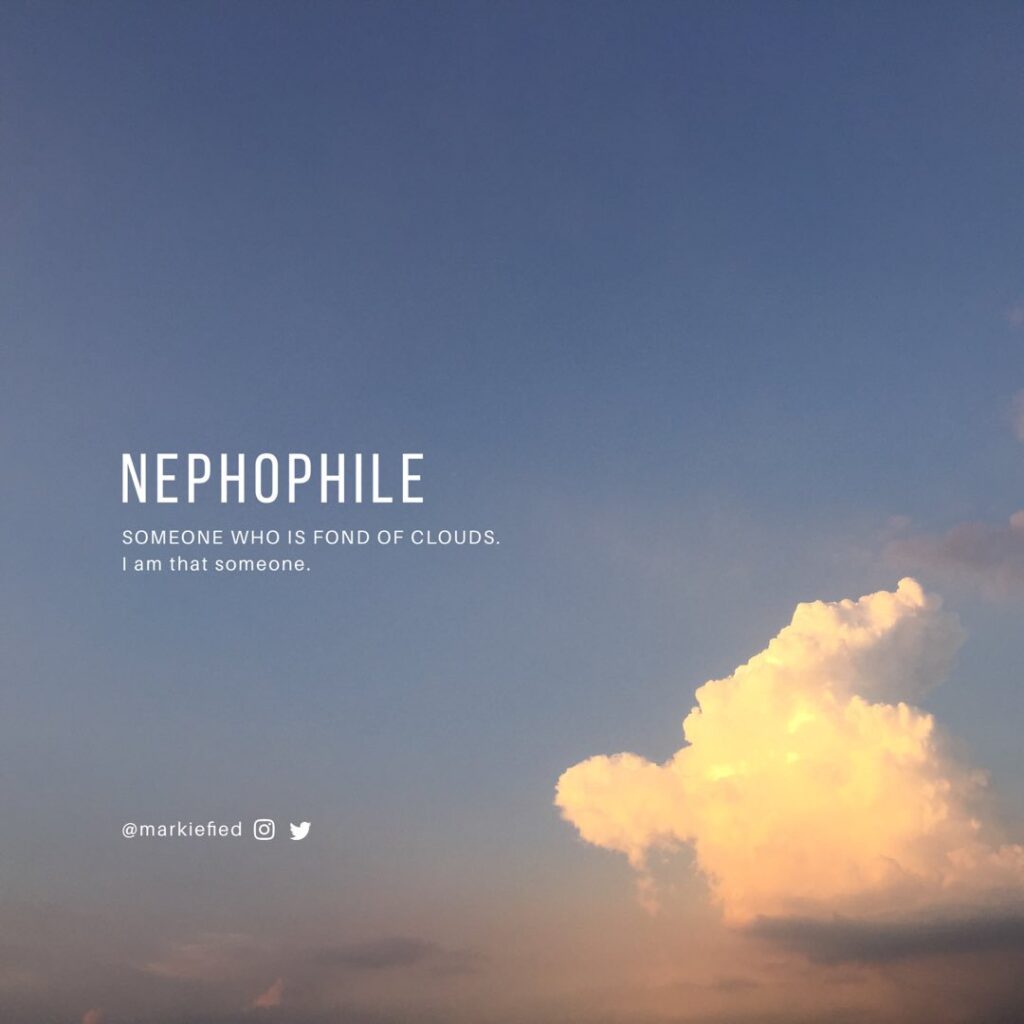Jenny Joseph was one of Britain’s best-loved poets and the author of numerous poetry collections, books for children and volumes of prose.
Jenny, who is best known for her poem “When I am an old woman, I shall wear purple,” was born in Birmingham and then moved to Buckinghamshire before attending Badminton School during the years when the school moved to Lynmouth in Devon due to the air raid dangers faced by Bristol during the Second World War.
After graduating, she had worked variously as a teacher of English as a foreign language, a cleaner (in hard times) and a reporter for local newspapers such as the Oxford Mail. She also worked in South Africa for a radical publishing enterprise, Drum, just as apartheid was coming into full force with the election of the early Nationalist governments.
What is Jenny Joseph known for?
One of Britain’s most-loved poets became known for a popular 1961 poem entitled “Warning.” Her award-winning poetry collections include Unlooked-for Season and Rose in the Afternoon.
Jenny Joseph’s “Warning” was voted the most popular post-war poem. She was a prolific, diverse and highly talented writer.
The poem “Warning” is known and loved by the world over for its message of old age as a time for indulgence and fun.
The poem is best known for its opening lines. “When I am an old woman, I shall wear purple / With a red hat that doesn’t go, and doesn’t suit me.”
Although she has published many works in her lifetime and has received numerous awards, Jenny Joseph is best known for this defining poem.
The second line became the inspiration for the founding of the Red Hat Society, the self-described playgroup for women where there is “Fun and Friendship After Fifty.”
In the poem’s respectable middle-aged woman, as she imagines herself in old age as a cheeky rebel with outrageous clothes and dotty behavior, poet Jenny Joseph has created a character whose thoughts have been quoted at conferences and funerals, used to cheer up sick friends and remembered with pleasure by children and adults alike around the world.
Jenny Joseph’s Biography
Jenny Joseph was born in 1932 in Birmingham, England. Thanks to a scholarship, she studied literature at Oxford and there she began writing poetry, publishing her first collection in the 1950s.
After some time working on newspapers in the UK, she moved for a while to South Africa to write for a publication in Johannesburg, the Bedfordshire Times.
Her collection “The Unlooked-For Season” appeared in 1960 and enjoyed some success for its spirited and often humorous verse. There was a long wait until Joseph published her next work in 1974, “Rose in the Afternoon”, which was followed a few years later by “The Thinking Heart” and “Beyond Descartes.”
Her poetry exhibits careful craftsmanship as she explores issues in the minutiae of human behavior, from simple acts of kindness to the sharp unhappiness of life.
“Rose in the Afternoon” contained perhaps her best known poem, Warning, which has been an inspiration to many people from all walks of life over the years.
The theme of the poem is non-conformity and rebellion against society’s norms in old age. It is a mix of tone with a longing for the carefree life of a child in later life that infuses the beginning of the poem, followed by regret for the fact that you have to spend most of your life doing what society expects you to do.
As with many of her verses, Warning explores the duality of existence—what we want and what we actually do in reality.
The poem was also the inspiration for the formation of the Red Hat Society, one of the biggest women’s social groups in the world.
Her poetry has won a number of awards over the years. She explored the complex relationship between mother and daughter in Persephone in 1986, which attracted the James Tait Black Memorial Prize and in 1999 she was awarded a Fellowship of the Royal Society of Literature.
In 1996, with an Arts Council scholarship, she was able to spend time in Austria and Eastern Europe, exploring her love of translation, during which time she also wrote Ghosts and Other Company and Extended Similes. She was called by one respected professor as ‘the best of the unfashionable poets.’ She currently lives in
Gloucestershire, where she is still writing despite being in her 70s.
Her last collection, Nothing Like Love, was published in 2009 and contains musings on love and its vagaries. It revisits many of her old poems as well as some new ones, including Cherry.
Jenny Joseph’s Awards
Her first collection of poetry, called The Unlooked-for Season, was awarded a Gregory Award, and she won a Cholmondeley Award for her second, Rose in the Afternoon. She later won the James Tait Black Prize for fiction for Persephone, a work of prose and verse.
What is the summary of the poem “Warning” by Jenny Joseph?
The poem plays with the assumption that old age brings the end of pleasures enjoyed through life. The poet’s pleasures actually increase as she realizes that, when old, she can disregard the strictures and opinions of others, shun rules and do what she wants.
She can wear mismatched clothes, spend money on drinks, sit down on the pavement, and throw off the cloak of respectability. She is optimistic as she contemplates the future and considers starting to practice such behavior even before she is old.
Amongst the seven deadly sins, purple represents vanity. It was traditionally the color of power and magnificence for Roman emperors and royalty, with the result that in Europe and America, purple became the color associated with vanity, extravagance and individualism.
It is also a challenging color to use in a poem, as it has only one perfect rhyme, “curple” (a Scottish word meaning crupper). No wonder Jenny Joseph avoids rhyme.
A poll by the BBC chose it as the UK’s most popular post-war poem. Its second line was the inspiration for the Red Hat Society, a group that gives opportunities for social interaction for women on their own (the organization is now spread over more than 30 countries).
Very influential plays have been written about it; it has been printed on tea towels and stitched into handcrafts; it has been used by insurance companies for promotional packages; and it has been the starting point for many different projects.
Jenny Joseph Columbia

Jenny Joseph wasn’t a model. She wasn’t an actress. She had never posed professionally before or after. But, following one serendipitous shoot, the doe-eyed British woman became one of the most iconic figures in contemporary film.
Jenny Joseph is instantly recognizable as Miss Liberty, the torch-wielding figure in the Columbia Pictures logo that flashes before each of the studio’s movies. Despite her iconic status, many wonder, ” How much did Jenny Joseph make from Colombia picture?”
Columbia Pictures is one of the oldest studios in Hollywood. In its early years, the studio mostly churned out low-budget fare, leading the Cohns and Brandt to rebrand themselves in 1924 as the more sophisticated-sounding Columbia Pictures.
Their name and torch-bearing female logo refer to Lady Columbia, which is the mostly forgotten female symbol of the United States.
The Columbia Pictures logo, featuring a woman carrying a torch and wearing a drape (representing Columbia, a personification of the United States), has gone through five major revisions.
Originally, in 1924, Columbia Pictures used a logo featuring a female Roman soldier holding a shield in her left hand and a stick of wheat in her right hand. The logo changed in 1928, with the woman wearing a draped flag and torch.
The woman wore the stola and carried the palla of ancient Rome, and above her were the words “A Columbia Production” (“A Columbia Picture” or “Columbia Pictures Corporation”) written in an arch. The illustration was based on the actress Evelyn Venable, known for providing the voice of The Blue Fairy in Walt Disney’s Pinocchio.
The current logo was created in 1992 and started its use in films the year after, when Scott Mednick and The Mednick Group were hired by Peter Guber to create logos for all the entertainment properties then owned by Sony Pictures.
Mednick hired New Orleans artist Michael Deas to digitally repaint the logo and return the woman to her “classic” look. Michael Deas hired Jenny Joseph, a graphics artist for The Times-Picayune, as a model for the logo. Due to time constraints, she agreed to help out on her lunch break.
Deas used the resulting images for his iconic painting. It’s the only time Joseph has ever modeled, but millions of people have seen her face for the last 25 years every time they go to the movies. Not a bad torch to bear.
They selected the name ‘Columbia’ as a tribute to the early American female personification of the United States who stood for ideals like freedom and enlightenment (hence the torch).
Lady Columbia faded in popularity once the Statue of Liberty went up and became the new female symbol of America.
What does the Columbia Pictures logo mean?
Although she is often called the “Warrior Goddess”, “Warrior Queen”, or “the Torch Lady”, the figure in the logo actually represents Columbia. Who is Columbia? Columbia is a fictional woman who represents America. Her name derives from Christopher Columbus.
Jenny Joseph The Torch Lady
The Columbia Pictures Torch Lady has been gracing the silver screen ever since the company was first founded in 1924, but her real-life persona would remain unknown until Michael Deas was commissioned to create a new matte painting in the 1990s.
The photographer who helped bring this latest and perhaps greatest incarnation of the Torch Lady to life was Kathy Anderson; they caught up with her on the 25th anniversary of the logo to celebrate the now iconic photoshoot.
Jennifer Joseph isn’t a household name, but as the model for the Columbia Pictures logo, the draped lady holding a torch.
One of the most iconic images in cinema was captured during a lunch break in the photographer’s apartment. Joseph was meticulously draped in white bedsheets to mimic a Roman goddess and the fabric was constantly rearranged for the best outcome.
They tried a few looks with an American flag draped over one shoulder, but ultimately chose the blue fabric.
She attached a Polaroid back on her Hasselblad camera to snap some test-shots while perfecting the softbox lighting to accentuate the folds in the fabric.
Anderson says the soft lighting created the gentle sunrise light the painter envisioned, and was meant to evoke a sense of beauty and timelessness.
Jenny Joseph’s Career
Jenny’s poems were first published when she was at university in the early 1950s. Jenny became a journalist and worked for the Bedfordshire Times, the Oxford Mail, and Drum Publications.
Jenny’s first book of poems, The Unlooked-for Season, won a Gregory Award in 1960 and Jenny won a Cholmondeley Award for her second collection, Rose in the Afternoon, in 1974.
Jenny Joseph Personal Life
Jenny married Charles Coles. The couple had three children, Martin, Nell, and Bec, and ran the Greyhound, a west London pub, whilst Jenny continued writing,
They eventually divorced and Joseph retired to Gloucestershire. Jenny’s dedication to The Thinking Heart was “To my children, preventers of literature, life-savers”.
Jenny Joseph Source of Income
Jenny’s main source of income was Jenny’s poetry career; apart from this, Jenny may have other businesses from which she had been earning a good amount.
Conclusion
Despite her outrageous claims as a 29-year-old, Jenny Joseph lived to be 85, and there seems to be no record of her ever becoming irresponsible. In fact, she wrote 13 books of poetry, at least 6 children’s books, and was honored to become a fellow of the Royal Society of Literature in recognition of her outstanding contributions to British poetry.




